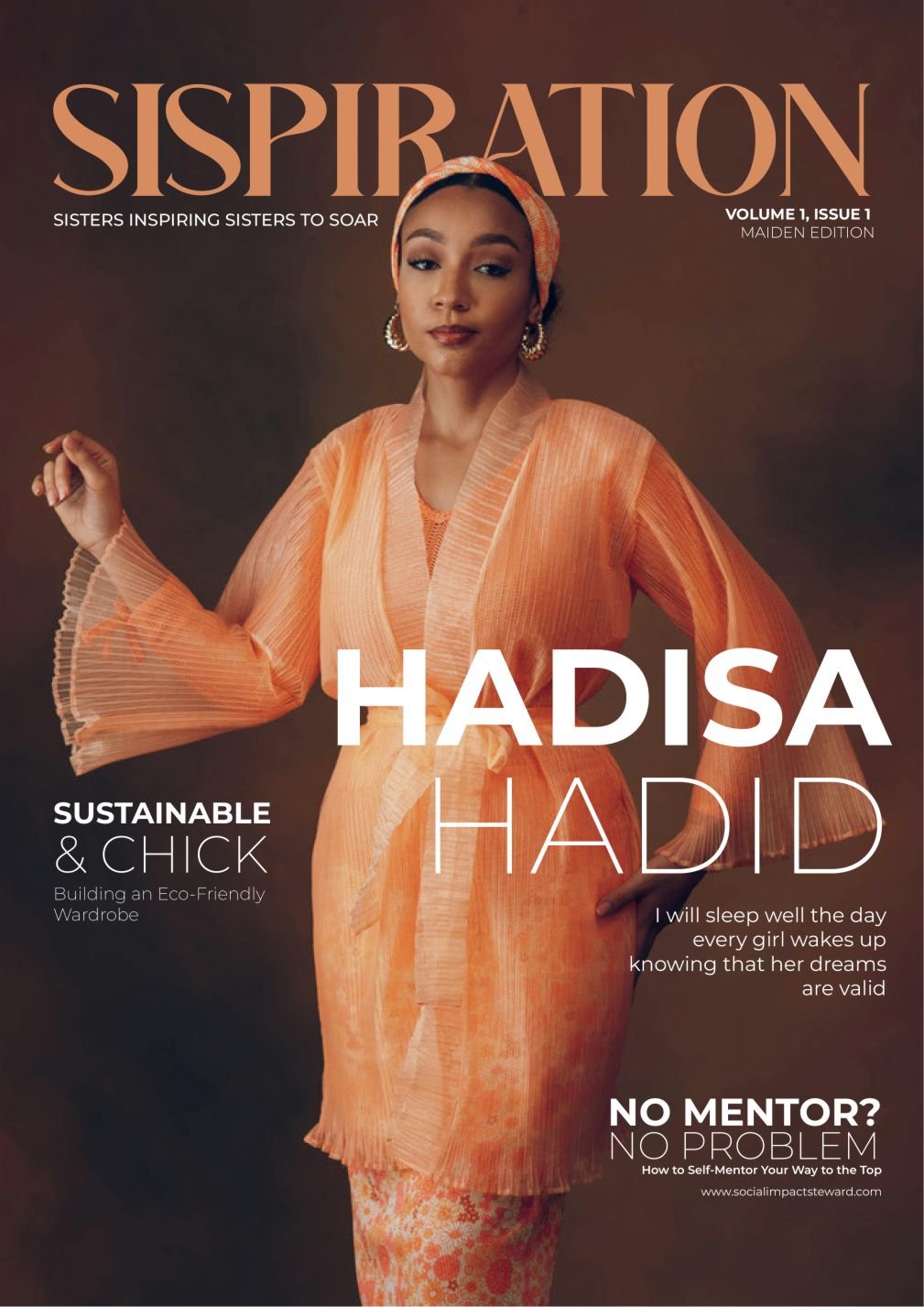We thought we had everything figured out. Our proposal was solid, our mission was clear, and we were confident this grant would help us scale our impact. But just when we thought we had it in the bag, reality hit us—we had overlooked a crucial detail.
It started with excitement. We found the perfect grant opportunity—one that aligned perfectly with our work. We spent weeks crafting a compelling application, carefully outlining our vision, budget, and expected impact. We double-checked everything, convinced that we had presented our organization in the best possible light.
Then came the email.
“We regret to inform you that your application was not successful this time.”
Disappointment set in, followed by frustration. What went wrong? We combed through the feedback, searching for answers. And there it was—a simple yet costly mistake that could have been avoided.
Here’s what we learned the hard way:
We Didn’t Build a Relationship First
We had focused on writing the perfect proposal without realizing that many grantmakers prefer to fund organizations they already know and trust. We didn’t engage with the funder early enough, didn’t ask questions, and didn’t build a connection. Had we done this sooner, we might have gained insights that could have strengthened our application.
Our Impact Data Wasn’t Clear Enough
Yes, we shared our success stories. Yes, we outlined our mission. But we failed to provide hard numbers and measurable outcomes that funders could trust. Donors want to see real evidence of impact, not just passion. If only we had presented clear before-and-after data, we could have made a stronger case.
We Rushed the Budget Section
We were so focused on storytelling that we treated the budget as an afterthought. But grantmakers scrutinize budgets closely—they want to see realistic, well-justified figures. We realized too late that our financial breakdown wasn’t detailed enough to show exactly how the funds would be used.
We Didn’t Align Perfectly with Their Priorities
Our project was impactful, no doubt. But we assumed that because it was “doing good,” it would automatically be a match. We didn’t deeply study the funder’s priorities to ensure our proposal spoke directly to their goals. Had we done more research, we could have tailored our approach better.
We Waited Until the Last Minute
We weren’t disorganized, but we certainly underestimated how much time we needed to review, refine, and get external feedback before submission. A rushed proposal—no matter how strong—will always have gaps.
The Hard Truth We Learned
Grants are not just about having a great idea. They’re about relationship-building, strategic alignment, compelling impact storytelling, and flawless execution. If we had known this sooner, we would have approached things very differently.
The good news? We didn’t give up. We took these lessons, applied them to our next opportunity, and this time—we won.
So, if you’re applying for a grant, learn from our mistakes and ask yourself:
Have I engaged with the funder before applying?
Is my impact data clear, measurable, and compelling?
Is my budget realistic and well-justified?
Does my project perfectly align with the funder’s priorities?
Have I left enough time to review, refine, and improve my application?
If only we had known all this sooner… but now, you do.




